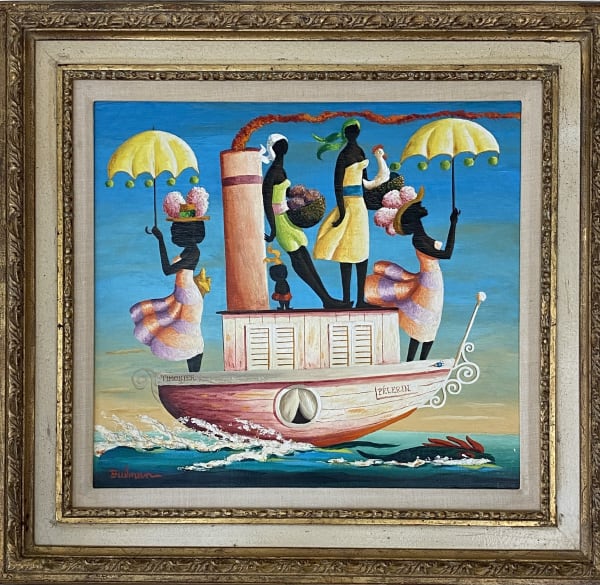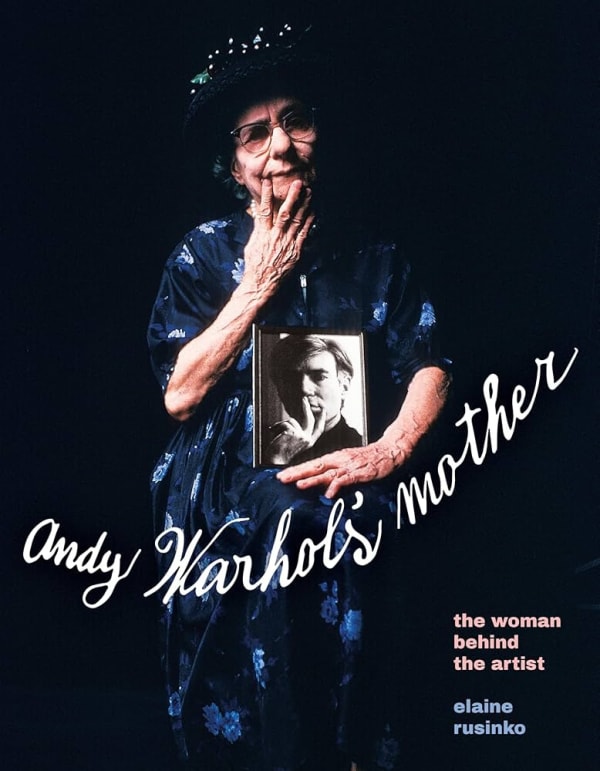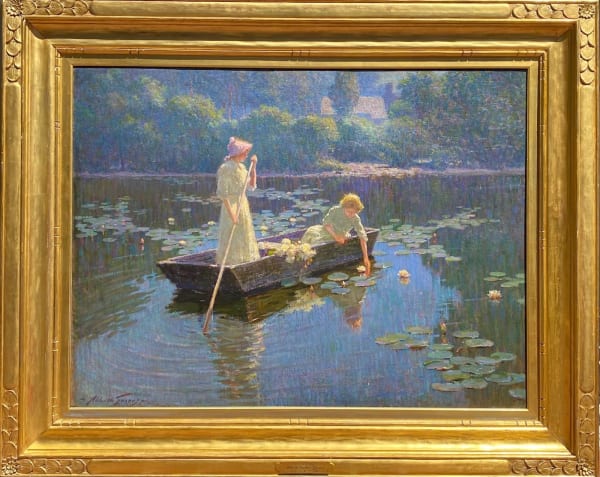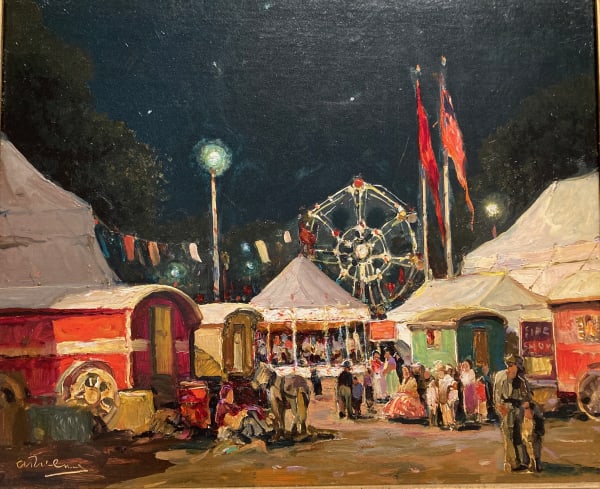Orville Bulman
Orville Bulman was a mostly self taught, mid-twentieth century American artist, whose work was inspired by his trips to Haiti and the American South. His many solo shows were usually sold out before the doors officially opened. Many collectors, including the Duke and Duchess of Windsor, had several of his paintings.
Early Life and Family
Orville Bulman was born in Grand Rapids, Michigan in 1904. From an early age, Bulman wanted to be an artist, but his father had other plans for him. Bulman’s father, Elvah Bulman, was the inventor of twine holders and dispensers that were used extensively in grocery and dry goods stores at the turn of the twentieth century.
Bulman was expected to carry on the highly successful business, which he did. He graduated from Grand Rapids High School and traveled to Chicago, where he worked for a year as a newspaper cartoonist and took classes at the Chicago Art Institute. Bulman returned to Grand Rapids and dutifully worked in the family business in the early 1920s and 1930s. He married his high school sweetheart, Jean Cleland, took classes at the Ox-Bow School of Art in Saugatuck, Michigan but put off his dreams of becoming a full-time artist until the late 1930s.
Bulman began to spend more time as a painter, and less time as a businessman and, in 1937, he exhibited his work at the New York Society of Independent Artists. In 1946, at the age of 42, Bulman sustained a neck injury that left him able to paint, but less able to run the family business, as he was placed in traction, intermittently, for eight years. He bought a home in Palm Beach, where he spent winters painting and traveling through the Southern states.
Career
Bulman visited islands in the Caribbean in the 1950s and was especially drawn to the people and architecture of Haiti. He spent some time in a rustic Haitian village and began to paint whimsical scenes inspired by the people and the landscape.
In 1952 his paintings were featured in Newsweek magazine and in 1953 LIFE magazine did a feature story about his work. In a letter to his wife, Jean, in 1952, Bulman wrote, “It certainly does pay to be understanding and to accept people of whatever creed or nationality with sympathy and a genuine desire to know them and to understand them and their country…I hope I’m not dreaming.”
Legacy
Bulman and his wife established a foundation devoted to helping artists and museums. By 1977, one year before his death, Bulman had exhibited in over forty solo shows and had sold over 2,000 paintings. Deborah C. Pollack wrote a comprehensive book about the man and his work, called Orville Bulman: An Enchanted Life and Fantastic Legacy.
Send me more information on Orville Bulman
-

Recent Acquisitions: Drawings by Orville Bulman
October 16, 2025It certainly does pay to be understanding and to accept people of whatever creed or nationality with sympathy and a genuine desire to know them...Read more -

The Roy Lichtenstein Catalogue Raisonné
The Joyful Work of Orville Bulman January 2, 2025Roy Lichtenstein’s widow, Dorothy Lichtenstein, was President and co-founder of the Roy Lichtenstein Foundation. Her goal was to facilitate public access to the work of...Read more -

An In-Depth Look at Andy Warhol's Mother
Keith Haring's Love Stamp. The Work of Orville Bulman November 21, 2024A recently released biography of Julia Warhola delves into the life of the woman who was a major influence on her son, Andy . Andy...Read more -

Surovek Gallery at Art Miami 2023
November 30, 2023At Surovek Gallery our focus is on the finest American paintings, drawings, watercolors and prints of the 19th, 20th and 21st centuries; the oeuvre which...Read more -

Recent Acquisitions at Surovek Gallery
Works by Abbott Fuller Graves, Thomas Hart Benton, Milton Avery, Sam Francis, Orville Bulman, Kenneth Noland and Mel Bochner September 29, 2023We are pleased to announce our recent acquisitions of works by some of America’s finest artists, representing a wide range of styles and techniques. The...Read more -

Anthony Thieme's Circus Paintings. Otis Kwame Kye Quaicoe in Phoenix
June 8, 2023Anthony Thieme is best known for the marine and landscape paintings that he created in 1930s , '40s and '50s in Rockport, Maine. Thieme loved...Read more -

Orville Bulman: Recent Acquisitions
June 10, 2021Orville Bulman 1904-1978 Bulman's Island - An island of humor and color, laughter and love. – Raymond Burr, 1961 There is much about Orville Bulman's...Read more -

The Whimsical World of Orville Bulman
June 16, 2017Orville Bulman’s paintings are joyful, whimsical and playful. It’s hard to imagine that his paintings of lush jungles, tigers, giraffe and elegant Haitian women and...Read more




















